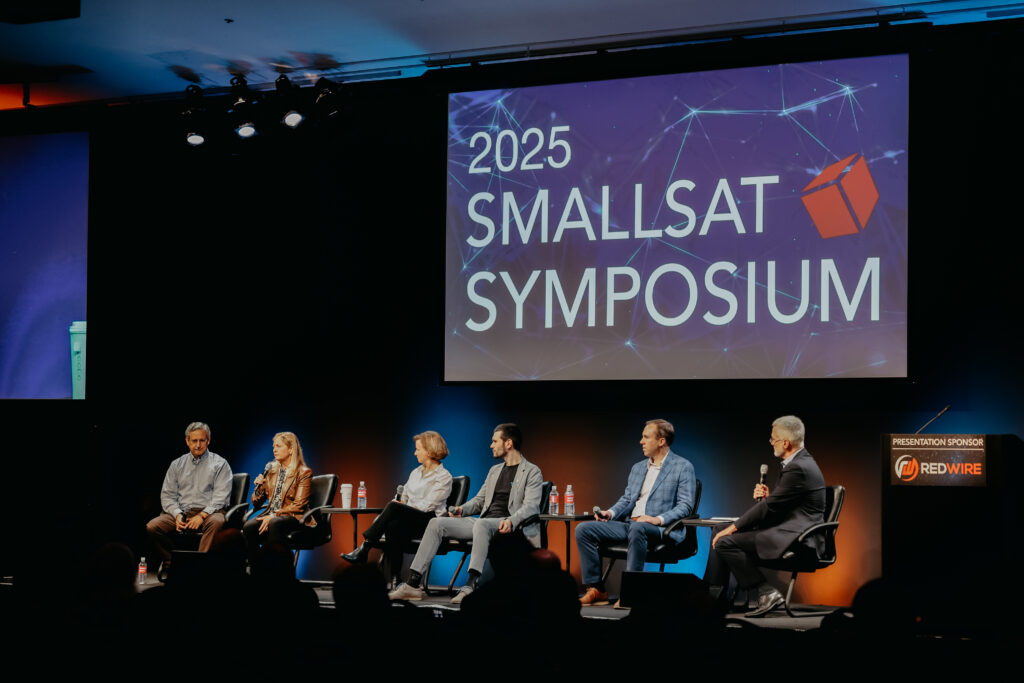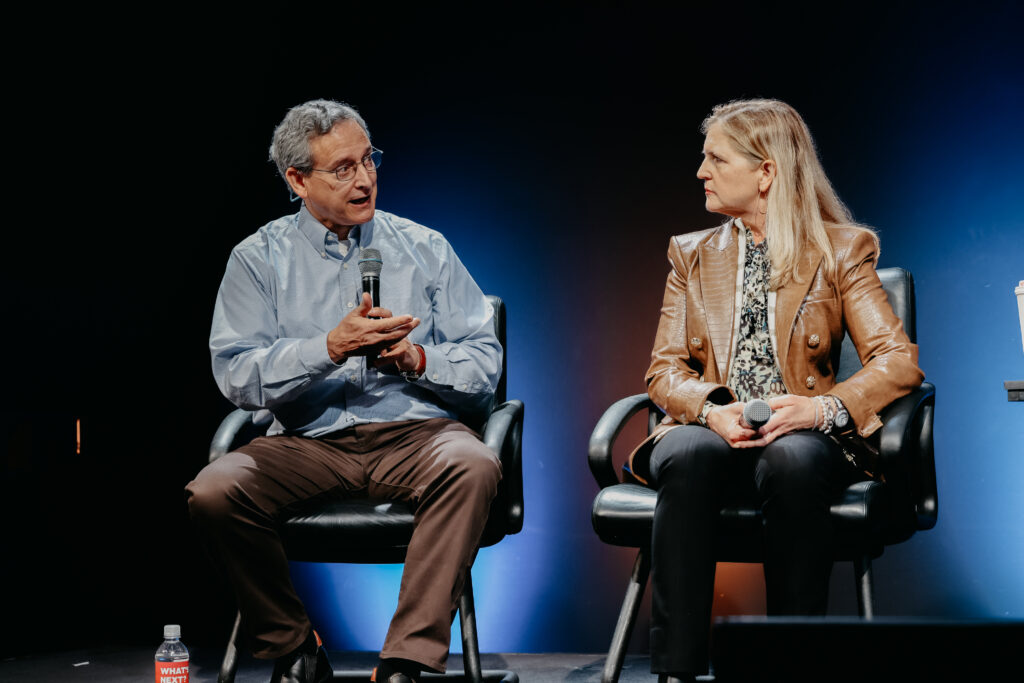By Chris Forrester

Moderator: Dr. Tim Farrar, President, TMF Assoc. asked his panellists at the SmallSat Symposium conference in Mountain View on February 4 to examine multi-mission developments and the emergence of more sophisticated launchers able to handle multiple tasks. He outlined that one of the big drivers were optical cross-links, which might not work on small platforms, and thus limit flexibility. He asked whether standardisation was vital, because SpaceX seemed to be doing their own thing!
Dr. Farrar also suggested that space and satellites are still small markets when compared to, for example, terrestrial cellphones and thus difficult to gain economies of scale.
Dr. Viktor Danchev, CTO, EnduroSat, advised delegates to remember that the concept of a small satellite today was changing, and changing fast. “The mission is key, of course. We have supplied three payloads on a single craft and managed to not have conflicts. Having a standardised bus is the way forward in our view. Proprietary technologies are dangerous, open standards are better.
He also advised clients to be very careful about the investment needed in the early days, as “it was very easy to run out of cash. Get a skilled partner on board to minimise those risks.”
Kristine Schroeder, Sr. Director of Business Development, Avalanche Technology, said that multi-mission, especially with software-flexible technology, was definitely possible and even desirable. “We demand very high reliability, and ensure very high radiation testing.”
Debra Facktor, Head of Airbus U.S. Space Systems, Airbus U.S. Space Systems, said that Airbus was seeing those variables which were now commonplace in terms of market demand, and multiple applications were in the list of regular needs. However, as ever, there are key decisions to be made such as power, weight, demand, communications, tracking and so forth.
“Back in the day when launch options were limited, and the 15-year life of a GEO was all-important, meant people wanted to maximise that design and then launch with highly demanding payloads. That’s changed. Today, there’s much can be done with software. And perhaps not the demand to have one satellite doing everything,” Facktor suggested.
Facktor also explained some of the background to Airbus acquiring the Arbus-OneWeb joint-venture in Florida. “What’s key is the volumes we might be talking about. We had a fantastic partnership with OneWeb, and where the two of us worked really well. We built more than 700 satellites in Florida, and have now shifted from that single task to serve other customers and larger satellites. Airbus in Europe will continue the OneWeb mission.”

Dr. Victor Aguero, CEO/Founder, Cambrian Works, said integration had to be remembered and size reflected architecture and the needs to network that architecture. “Look at the way Starlink works, or how Kuiper might need to work and the system might demand very different solutions. Standardisation of sub-systems is hugely advantageous as is the use of standardized systems. Look at how Internet data is now accessible anywhere around the planet, and the importance of commonplace standards.”
Dr. Brad King, CEO, Orbion Space Technology, said there were some boundaries. Getting too small meant propulsion challenges. I certainly don’t think that SpaceX’s decision to go vertical is the only or best decision. For them, they didn’t have a choice of vendors so had to do things themselves. But some scar tissue might be needed.”
